Fort Augusta
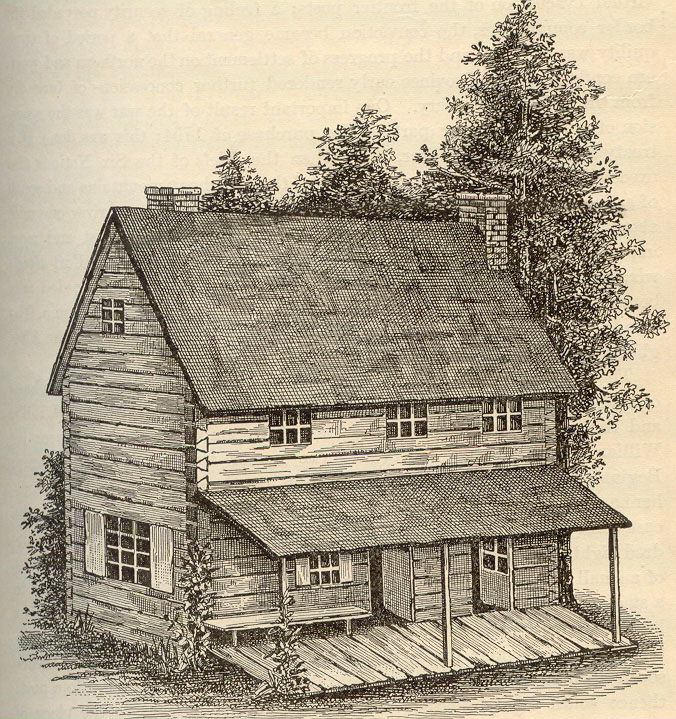 |
Colonel's Quarters, Fort Augusta |
As tensions between the French and the British augmented, the population of Europeans increased, and the alienated Delaware began forging partnerships with the French, the inhabitants of Shamokin became concerned. They wanted a defense point and a place of refuge for their wives and children. The idea of a fort was first suggested by Andrew Montour and Monocatootha at Harris’ Ferry on November 1, 1755. They warned the provincial leaders that if the British didn’t build a fort soon, then the French would take possession of the land and build their own fort. While Governor Morris complied at once, the provincial Assembly did not agree until April 1756. Their consent requested that four hundred troops be raised for the expedition. The Third Battalion, which would become known as the Augusta regiment, was composed of four hundred men and was sent to Shamokin immediately.
When the men arrived they were shocked to discover ashes and destruction. The confusion between the multiple nations of Indians, the French, and the British had reached a breaking point. After British General Braddock and his army of 1300 redcoats were annihilated along the Monongahela River near Pittsburgh by a French and Indian army numbering four hundred, the British had focused on moving their troops toward Fort Duquesne, an eastern French stronghold. The defeat had left Pennsylvania open to attacks by the Delaware who had become allies of the French. When a treaty was issued between the French and the British allowing the British to set up permanent settlements along Penn’s Creek the Delaware began to think they had been deceived. In 1755 a small war party set out and fifteen British inhabitants were killed. Many others were captured or wounded. Penn’s Massacre had occurred. Although only a small number of Indians had taken part in the killing, the entire Indian population of Shamokin feared retribution. They quickly burned their houses and abandoned the town. Thus it was when the Augusta Regiment arrived. The regiment decided to build anyway.
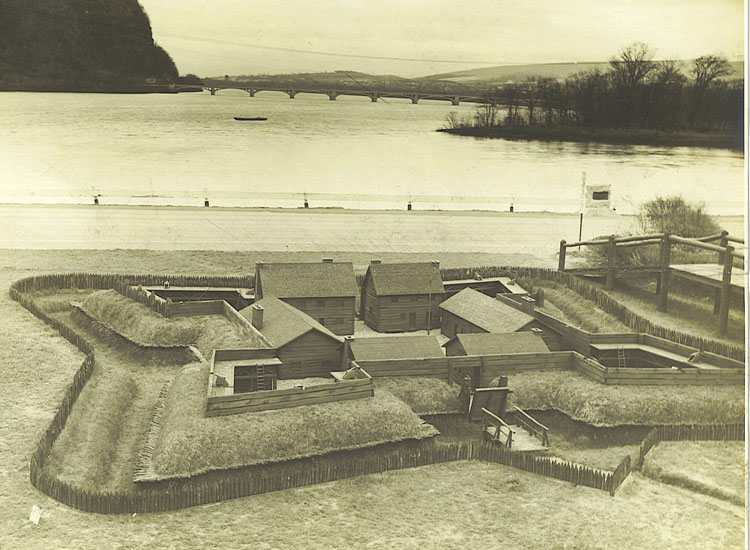 |
On June 12, 1756 the governor sent colonel Clapham detailed instructions with two plans of the fort: one a pentagon, the other a square with one ravelin to protect the curtain where the gate would be situated, a ditch, a covered way, and a glacis. During the first few months provisions were sparse. Letters asking for more materials were never sent because they feared enemy interception. By August of 1756 construction was half built, but the men were frustrated; Colonel Clapham and many of the officers resigned. On December 8, 1756 Major Burd arrived and found 280 men and nine workers. Little work had been done. He quickly resumed control. In 1757 the structure was finished. Sixteen officers and 337 men were stationed at the fort.
The fort was two hundred square feet and included a bake house, smoke house, beef cistern, pork cistern, powder magazine, well, and underground powder keg. Upright logs constructed the wall facing the river and lengthwise logs held up the rear wall. Paralleling the main wall was a ditch that was half as deep as the wall was high. There were triangular bastions on each corner permitting a cross fire that covered the entire extent of the wall and blockhouses connected by stockade formed a ‘covered way’ to the river. The walls were two hundred feet wide and the fort controlled six hundred feet of river shore. Anthracite coal was used to heat the home and 1758 records show that until coal was discovered in Pottsville and Shamokin in the 1790’s it was transported great distances to the fort. Meager provisions were made for spiritual interests and Parson Steele was appointed the first regular chaplain on March 24, 1757, but did not stay long. Originally there was a hospital, but on February 10, 1757 Dr. John Morgan complained to Major Burd because of the amount of water in it and the lack of fresh provisions and vegetables. Therefore the sick were transported across the river to Fort Hunter. The powder magazine, which was recommended by Harry Gordon and was built under the command of Captain Trump on May 6, 1758 is the only remaining portion of the fort. From the outside it appears as a small mound of earth, and is descended into by a stone stairway. The stone construction is 10x12 feet and has a brick ceiling. At one time a wooden building stood over the underground chamber and for a short time it was enlarged and strengthened so as to house the first jail for Northumberland County.
The fort housed sixteen cannon, but was continually in need of supplies and soldiers were not often paid as promised. Even officers were underpaid. At one time twenty six soldiers were held in confinement for rebellion after not receiving their pay. Although it stood for forty years and was the largest fort built during the French and Indian War, it was never attacked. In 1778 it served as a sanctuary for refugees during the American Revolution and was also a base for operations and supplies. The supplies proved especially useful during Sullivan’s expedition against the Iroquois in 1779.
After the Revolutionary War the fort slowly began to deteriorate. Since it was no longer necessary for military purposes or defense its budgets were cut and it was dismantled in 1794. Colonial Samuel Hunter lived in what was originally the colonel’s quarters until his death in 1784 and his family remained there after his death until 1848 when the log house was burnt down by a disgruntled servant of Captain Samuel Hunter, his grandson. The Hunter mansion was built in its stead.
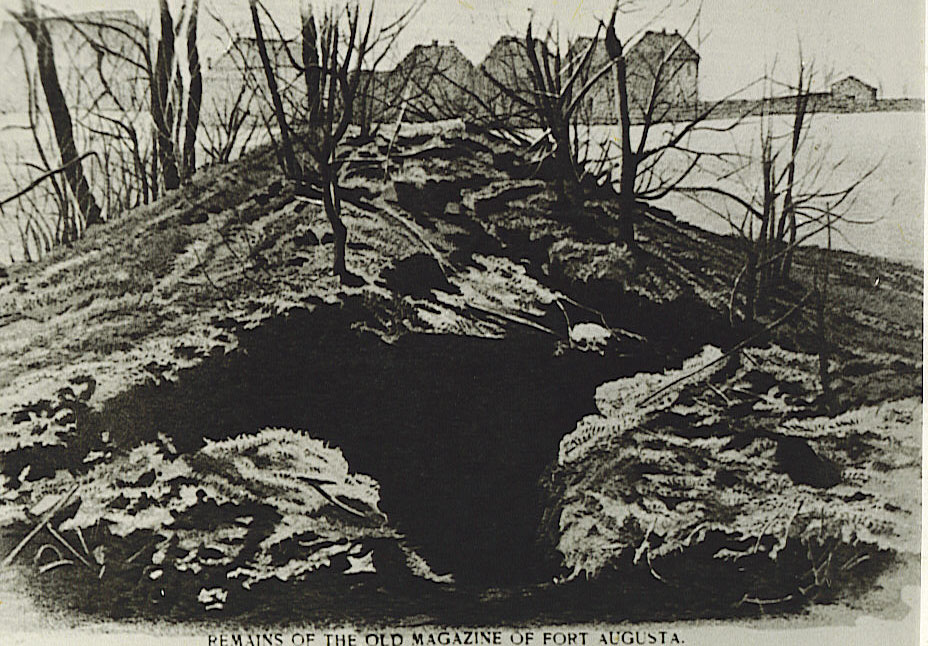 |
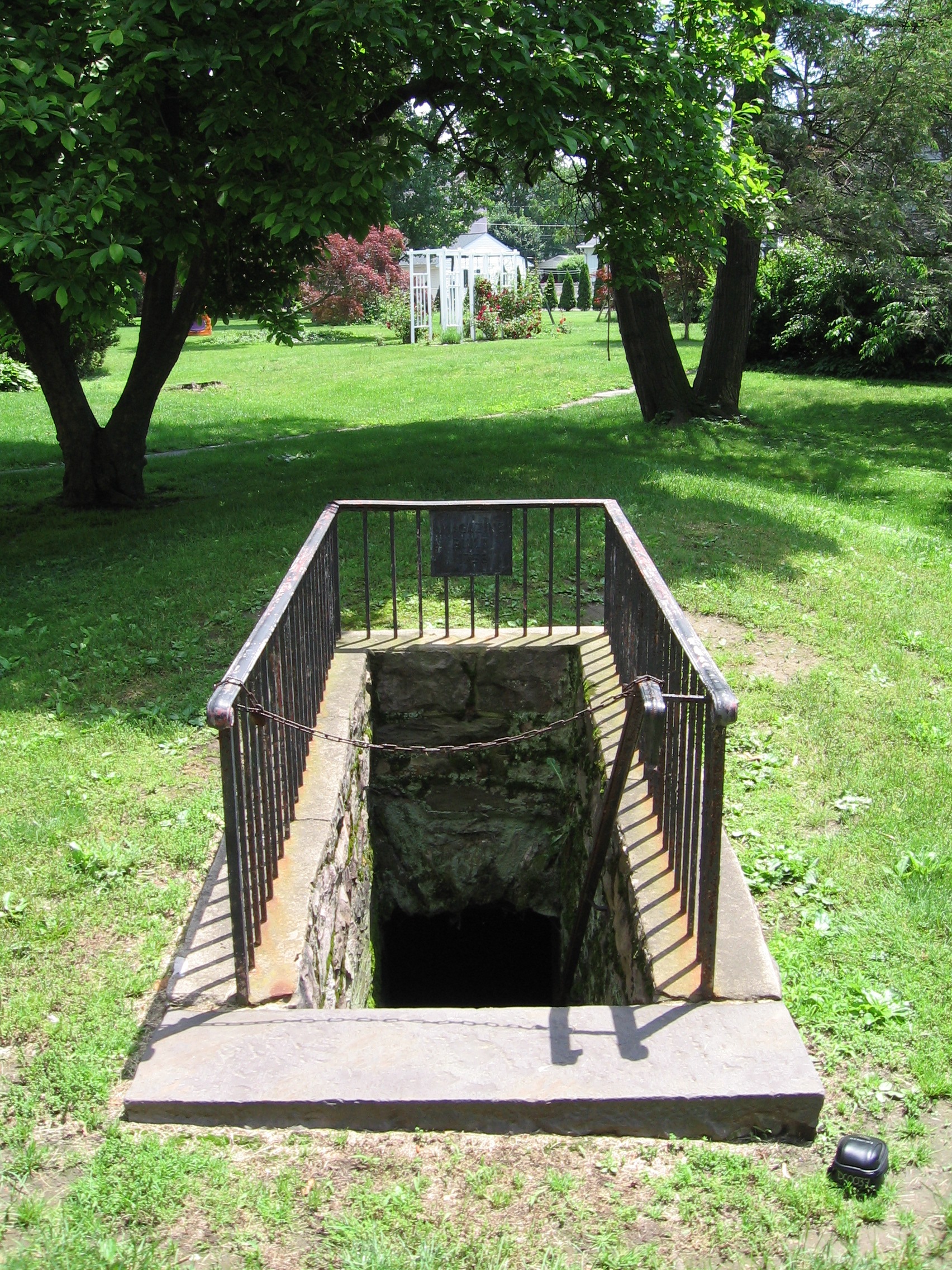 |
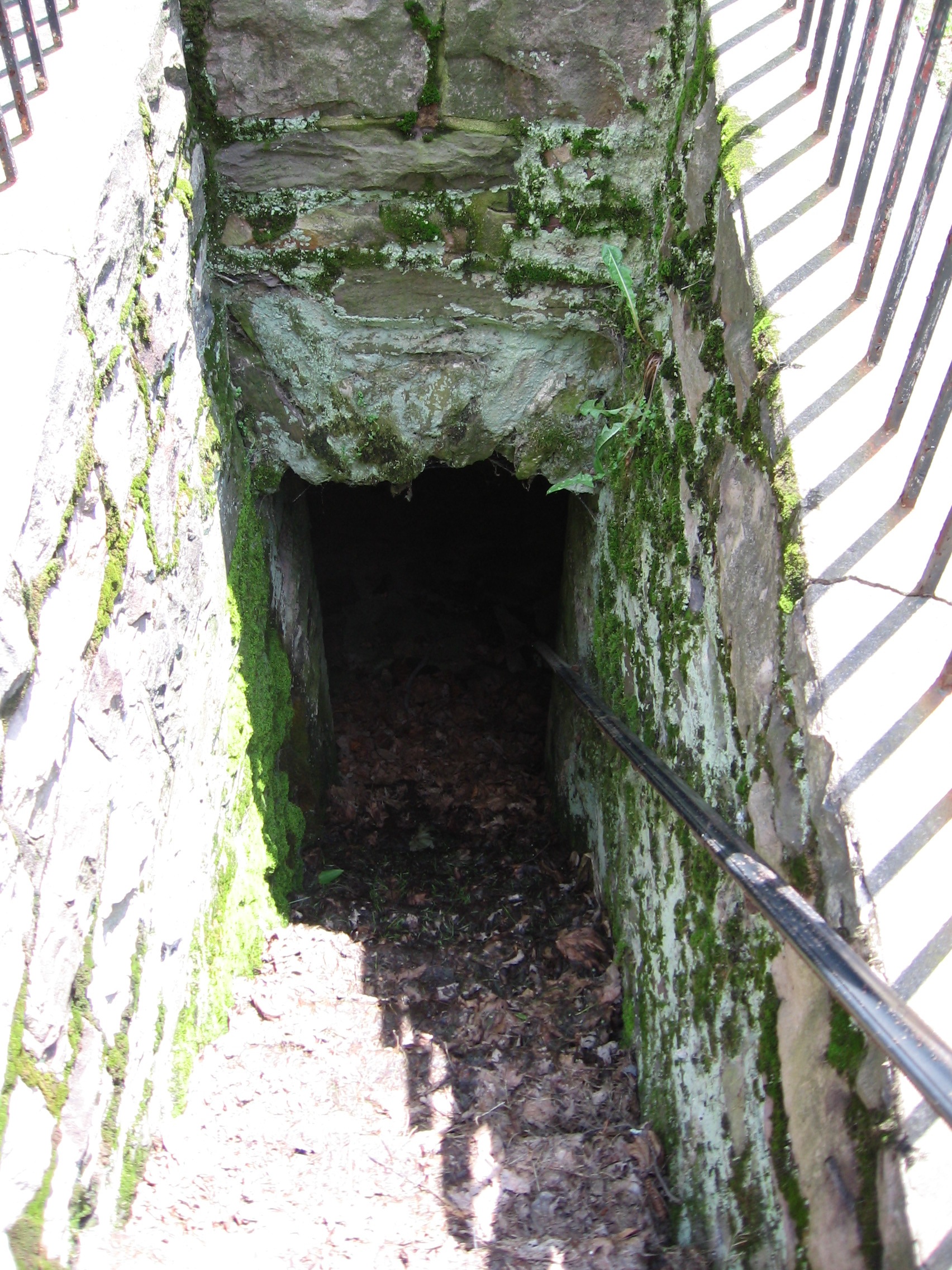 |
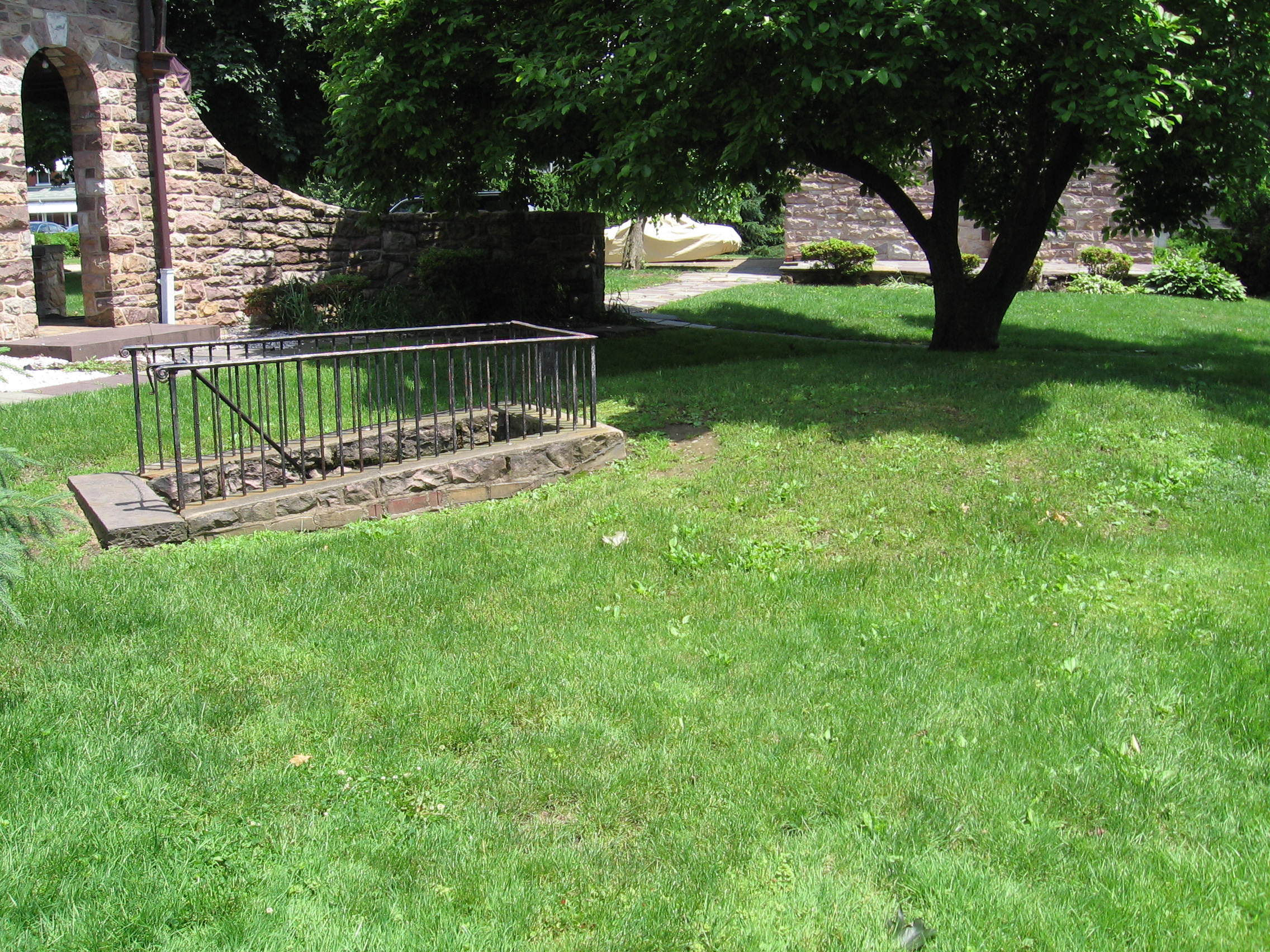 |
The powder magazine is the only remaining portion of the fort. From the outside it appears as a small mound of earth, and is descended into by a stone stairway. The stone construction is 10x12 feet and has a brick ceiling. At one time a wooden building stood over the underground chamber and for a short time it was enlarged and strengthened so as to house the first jail for Northumberland County. |